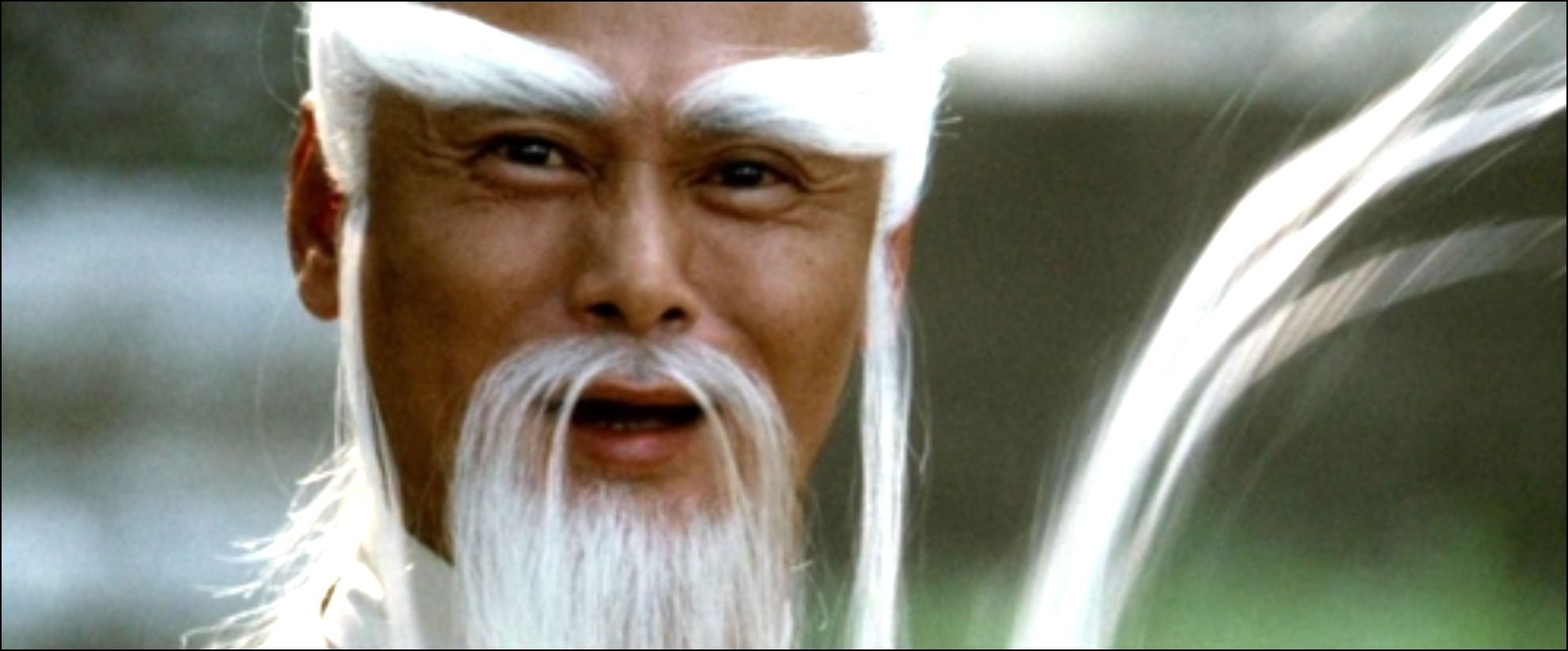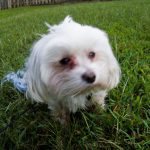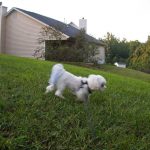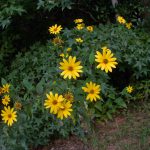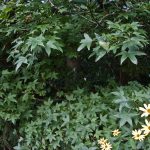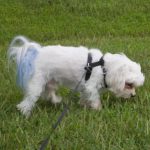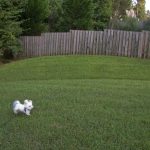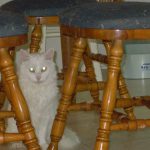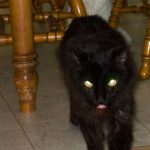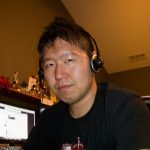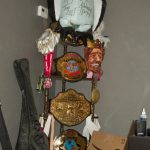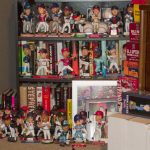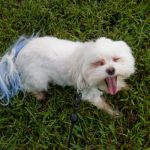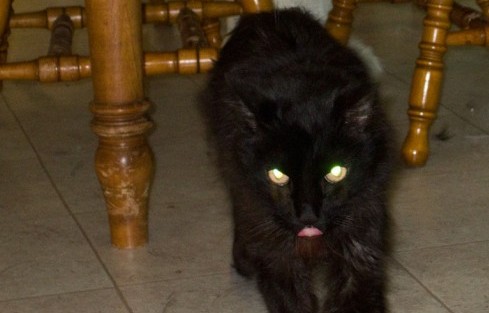
Despite the fact that I’m not particularly good at photography, I have two cameras. Ignoring the obvious Asian joke, one is a DSLR, and the other is a point-and-shoot (Canon A3400) that I got to have as a backup camera, or for events and occasions where I still want to take pictures but a DSLR is not logically feasible.
Over the last two years, I guess I’ve grown accustomed to the quality that my DSLR is capable of shooting, so I’ve grown ever critical and dissatisfied with anything shot with my 3400 in comparison. I like the idea of having a secondary camera that I can take pictures with, because despite the fact that I’m generally pleased with the quality of photos my iPhone takes, I’m always impulsively paranoid that taking too many pictures will tax and bog down my iPhone and suck the battery dry in a critical time.
But I’m not going to lie, I’m not really impressed with the quality of photos that have been coming out of my 3400 since I got it. Either I didn’t do my homework on this camera, or because I’m a photography hack I’m clearly not doing something right. Maybe a combination of both. Regardless, what has dissatisfied me the most is simply the lack of control in the post-stage of a typical point-and-shoot. At first, I found processing RAWs to be time-consuming and tedious, but in comparison I’ve grown to appreciate the amount of control and fine-tuning that can be done in the post-stage. I found that only getting JPEGs was no longer an acceptable cup of tea.
CHDK stands for Canon Hack Development Kit. Long story short, it’s software that overrides the firmware of a long list of Canon cameras, including many point-and-shoots, to where you can essentially unlock a ton of intricate features that most Canons have always been capable of doing, but were disabled for simplicity’s sake.
Like shooting RAWs.
CHDK had a kit available for the 3400, so I decided to give it a whirl and install it on my own. An analogy I made on my Facebook wall is that it’s like driving a car with an engine swap in it, because all the physical peripherals and controls are all intact and present, but the guts and engine running the machine is completely different and alien. That’s how I feel with it now.
I’ve been playing around with shutter speed settings and ISO settings, and I’m definitely still having issues with getting it to focus correctly, and a lot of the photos appear to be erring on the side of excessive noise, and temperatures that are off in either direction. This is most definitely a work in progress that will require a lot of trial and error.
But I am excited that it is generating RAWs now, which is giving me a little bit more control with the final images; they’re not close to the quality that my DSLR is capable of producing, but little things like adjusting saturation and contrast are a good start to hopefully getting better quality out of my 3400 overall.
